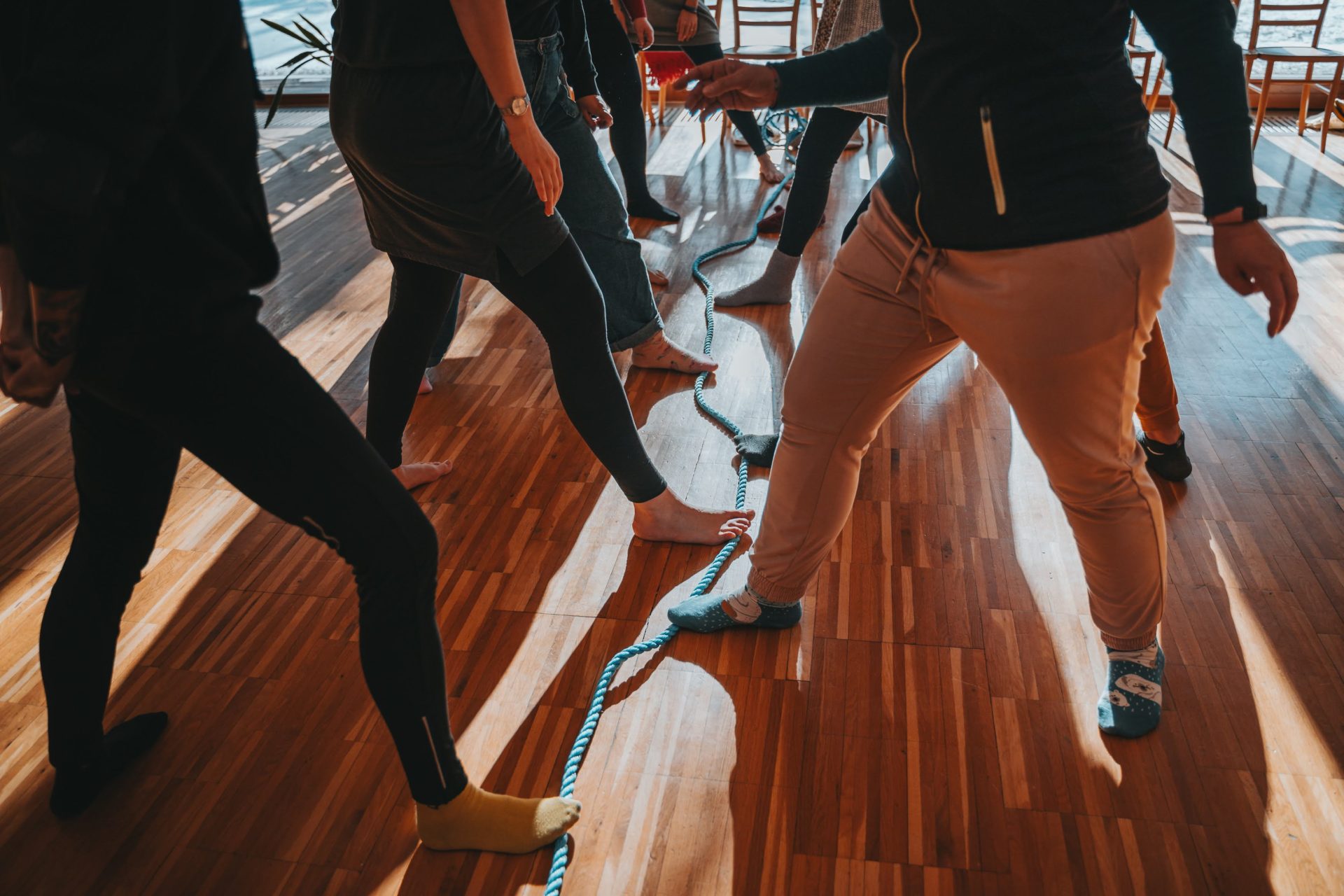In the daily work with young people it is not always easy to innovate. At the same time, the development is dynamic and to keep up with modern trends and needs of young people, we have to work on updating our activities.
In this section, we propose a set of methodologies and activities, which may not be originally from non-formal education settings, but are easily adaptable, with very positive results among the younger communities. Each method box contains a brief background of the activity, a description of how to implement it and tips for facilitators.
Animation brings stories to life. With animation, you can explain processes, products, services and ideas or create fictive stories. It’s a linear method of storytelling, you have to watch it from the beginning to the end. Creating animations develops young people’s digital competences, but also creativity, communication and many more.
Stop Motion Animation is a method that allows the participants to work in teams using digital technologies, developing their creativity. They will be able to tell short stories when practicing competences such as teamwork and communication.
An open group dialogue requires a mindset of openness, respect and empathy from all participants. The Way of Council establishes a handful of rules, procedures and principles that foster that state of mind and promotes a fluid, engaging and truly participative process.
The World Café is a global movement that aims to support meaningful conversations around the world in corporate, government and civic society. It allows big or small groups of people to hold conversations that matter and move forward through dialogue.
Open Badges and micro credentials can be used to validate any experience. They are digital and free for anyone to issue and earn. They fill a gap in non-formal and informal education, providing recognition of learning.
A group building exercise which empowers participants to cooperate without the intervention of the trainer, in a self-management style. Ideally, it should be implemented on the first day of training, in any situation that the group of participants don’t know each other yet.
Scavenger hunts are entertaining games as well as valuable learning tools – and Actionbound is an app that makes them even more interesting for the participants in 21st century. It’s a concrete method you can use to use gamification in your activities.
Gamification is using game elements in non-game contexts. Nowadays, it helps to increase participation and engagement of learners. Besides game elements, gamification could also mean the use of game design or/and mechanics. Basically, using anything from games in different contexts to help us transform a ‘boring experience’ into one that is more immersive and fun!
Approach to how to prepare your non-formal education activities step by step with active participation of the learners. It can also be used to solve problems or questions in a practical/creative way and design with a view to a future outcome.
The main idea behind Improv Theatre is to develop scenes with no script or predefined dialogues. In the activities, the participants deliberatedly develop their competences, such as creativity, communication, ability to solve issues, flexibility or strengthen their self-confidence.
Appreciative Inquiry (AI) is a method and facilitation technique often used in non-formal education to foster positive change and growth. It focuses on strengths and successes, rather than weaknesses or problems. It involves a structured and positive approach to engaging young people in discussions and activities and can be applied in the process of learning, discovery or in strategic/development processes. Its main tool is asking questions.
About eduScrum is a framework consisting of tools and ceremonies that allows learners and their coach/mentor/trainer to create, guide, support, plan and evaluate learner-centered learning activities with high quality outcomes from start to finish. The pillars of eduScrum are transparency, adaptation, review and most important trust. General context eduScrum started in 2011 in formal education […]
Escape games are usually group games in which a group of players solve various problem-solving tasks. They develop a wide range of skills of pleyers: Teamwork, critical thinking, attention, problem-solving, time management, collaboration, focus under pressure and respect of others’ characteristics and way of thinking.
There are several ways to incorporate comics drawing and narratives into different types of activities and around different topics. Here you can find an activity used as an introduction and “getting to know each other” exercise, but also get inspiration for deeper learning activities using comics in youth work.
The aim of the methodology is to provide tools for creating stories of transformation which have a positive effect on the audience. The effect can be emotional or it can change the audience’s behavior.
Creating videos with the young people? Let them learn about project management – prepare and realise their video making as a project. In preparation phase, it’s valuable to prepare the script for the video, and screenwriting is a perfect process to do that.
An iconography of the most frequently used visual signs and symbols is created to illustrate typical ideas. The story is created by combining graphical elements and text to convey the fundamental idea of the original story. Prepared to work on your participants’ creativity?
Visualisations also help to get the message across to the target audience. People share visual stories more frequently in a social media than textual stories. It doesn’t matter if one can draw, the trick is to develop their creativity. This technique might also help them develop the young people’s ability to learn, empathy or how to make quick decisions.
Photovoice is a form of documentary photography aimed at those who don’t have much money and feel they have little power or influence in their community. The participants take photographs to highlight their subjective viewpoint. These convey to the audienc the participants’ thoughts, feelings and emotions on a specific social issue.
Illustrating numerical data, statistical reports, annual reports with informatic images. Infographics help to convey a complex message more quickly and in a way that is easier to understand. By creating infographics, young people get creative and have to develop their empathy and communication, they have to make sure other people understand what they meant to say.
The idea behind the ‘One-minute video story’ workshops is to use a simple and well-defined model for a video film as a tool of expression. It does this by utilising the basic elements of media, such as image, movement and sound. Video is a powerful medium of expression and very appealing.






